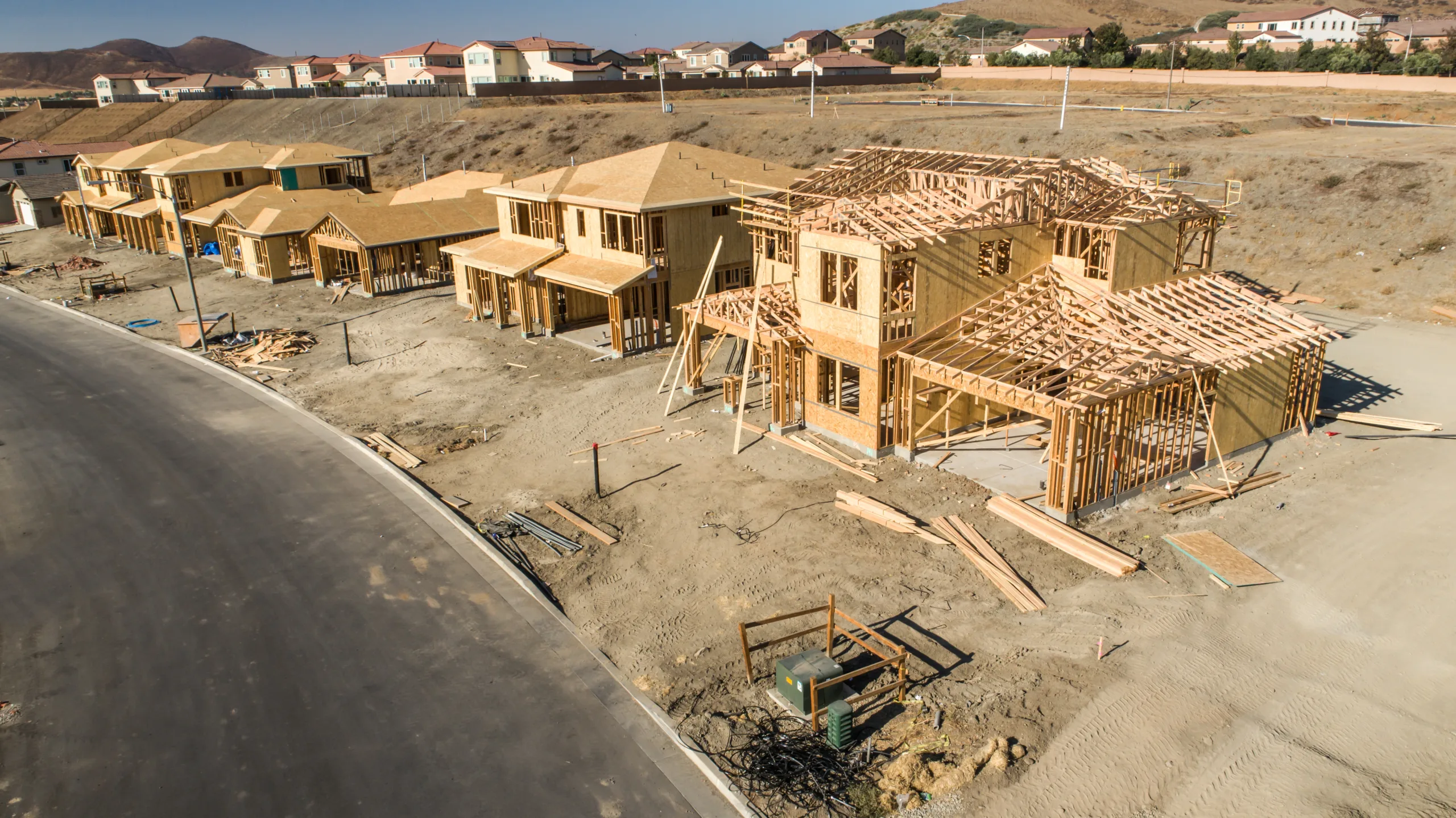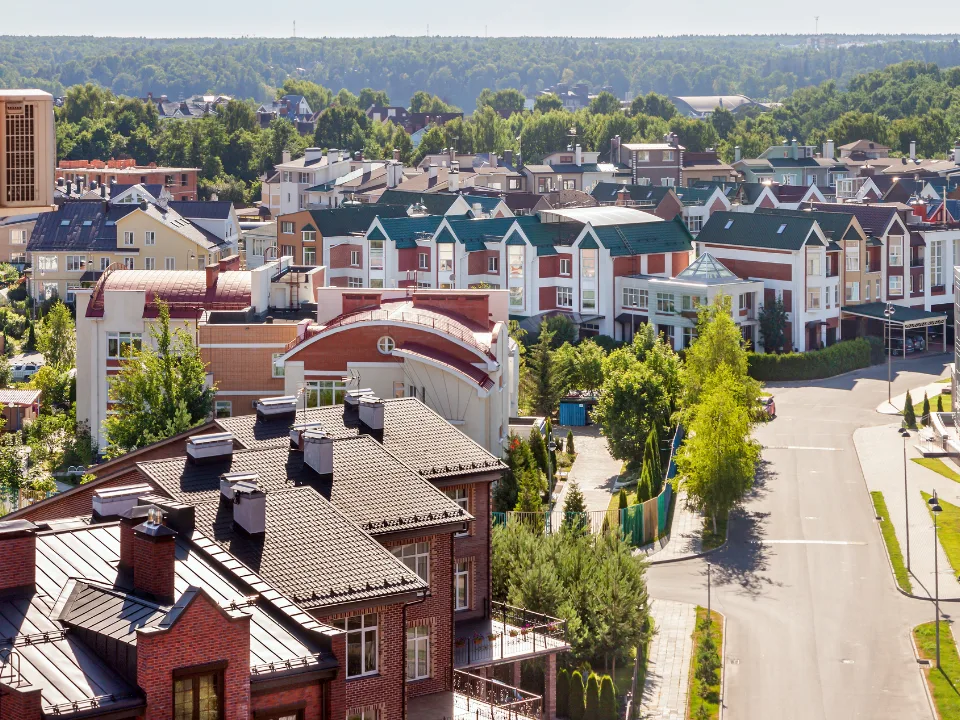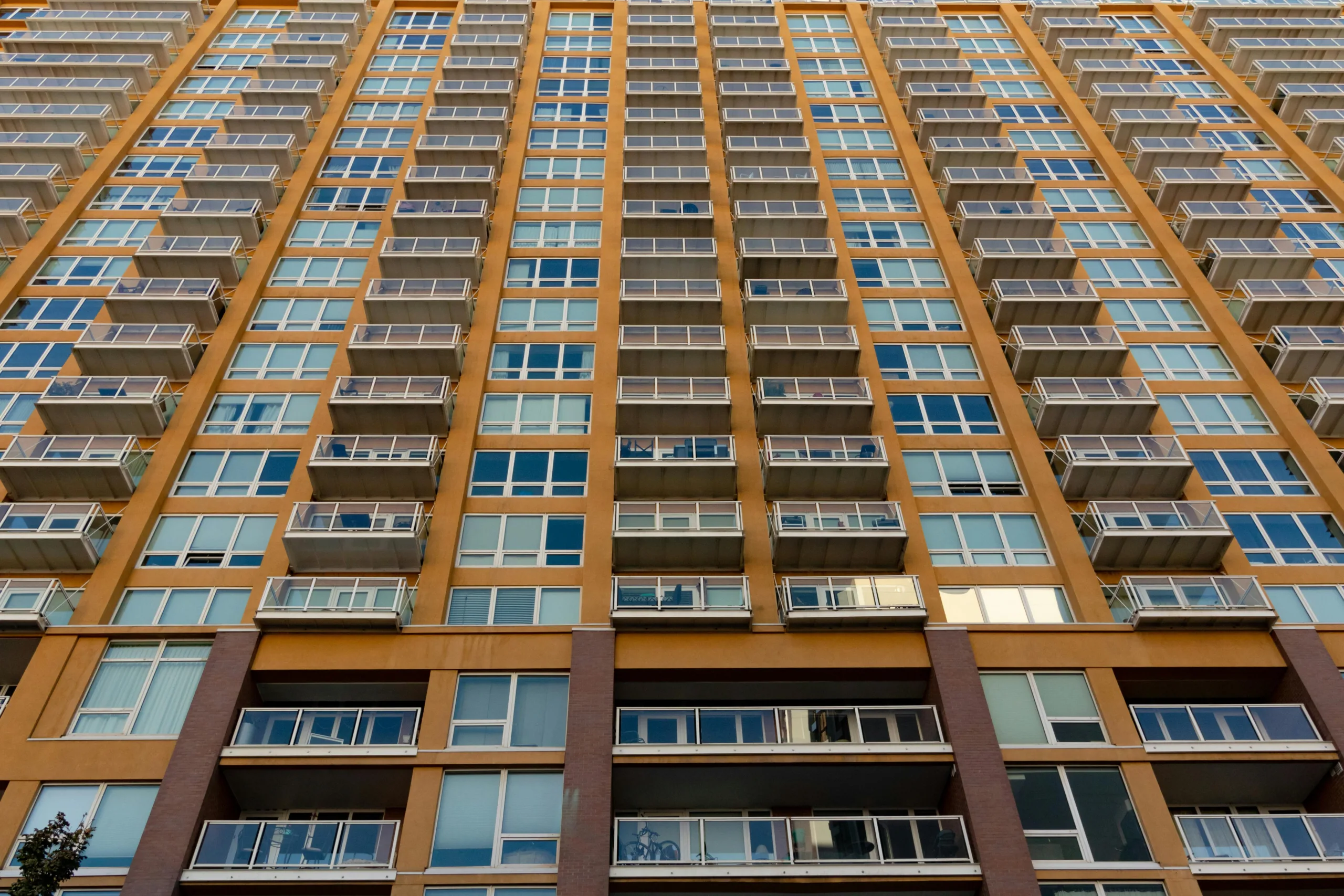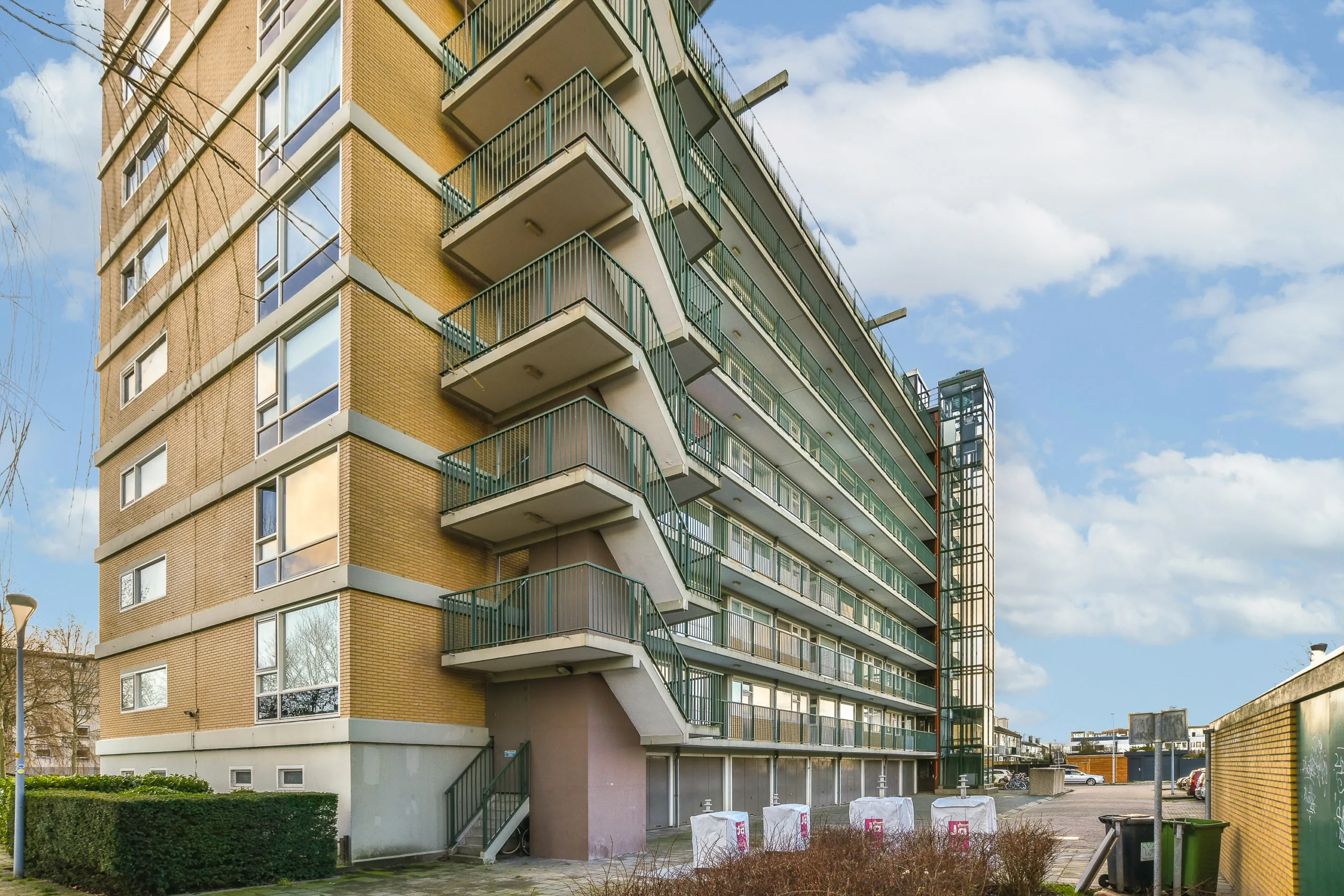- Multifamily sales totaled $30B in Q1 2025, a 35% year-over-year increase, despite declining rent growth and economic turbulence.
- A surge of new apartment deliveries has capped rents and intensified competition, but demand remains steady and investor appetite high.
- Developers are pulling back amid high costs, laying the groundwork for future rent growth as supply tightens again.
Multifamily Sales Are Climbing—Despite The Headwinds.
The sector is absorbing a wave of newly completed apartments and navigating a choppy macroeconomic environment, yet buyers are still entering the market, reports Bisnow. According to Newmark, multifamily sales reached $30B in Q1, a 35% increase over the previous year, making it the most active sector in commercial real estate by volume.
Why Rents Are Slowing
Effective rent growth has softened in recent months, despite the typical spring leasing season. Data from rental economist Jay Parsons shows May’s 0.74% rent growth lagged behind March’s 1.05% and marked the second consecutive month of decline. This deceleration is due in large part to a record 576K new apartments delivered in the past year, peaking in March.
To maintain occupancy, landlords are increasingly offering generous concessions—sometimes equaling several months of free rent—which pull down overall market rents.
Get Smarter about what matters in CRE
Stay ahead of trends in commercial real estate with CRE Daily – the free newsletter delivering everything you need to start your day in just 5-minutes
The Investor View
Even with economic uncertainty—including President Trump’s renewed trade war and global geopolitical instability—multifamily remains a favored asset class. Cushman & Wakefield’s Sam Tenenbaum attributes the sector’s resilience to high renter demand and sustained absorption over the last 18 months.
Twice as much capital has flowed into residential-focused funds since 2020 than any other property type, aside from diversified funds. Berkadia’s Q1 survey showed that more than 80% of multifamily investors planned acquisitions in 2025.
Distress Hasn’t Flooded The Market—Yet.
Despite expectations, distressed multifamily assets remain scarce. Only 2% of owners surveyed plan to sell this year, and most lenders are opting for short-term loan extensions rather than foreclosures. However, pressure is mounting. CMBS delinquencies hit 6.6% in April, up significantly from March, according to Trepp.
What Comes Next
A prevailing investment thesis suggests that as tenants fill up new supply and construction slows—due to costly financing and development challenges—rent growth will rebound in the next 18 to 24 months. Zillow estimates a 4.5M home shortfall nationwide, while multifamily permitting activity has dropped to a 404K-unit annualized rate, down nearly 40% from its 2021 peak.
Why It Matters
Investors are betting that a temporary slowdown in rent growth will give way to a tighter rental market in the near future. In a scenario where economic growth stalls, new development could grind to a halt—bad for renters, but potentially positive for existing landlords as demand outpaces constrained supply.
As Parsons put it: “Apartments are probably going to be in a better position than a lot of other assets in a downturn.”


















